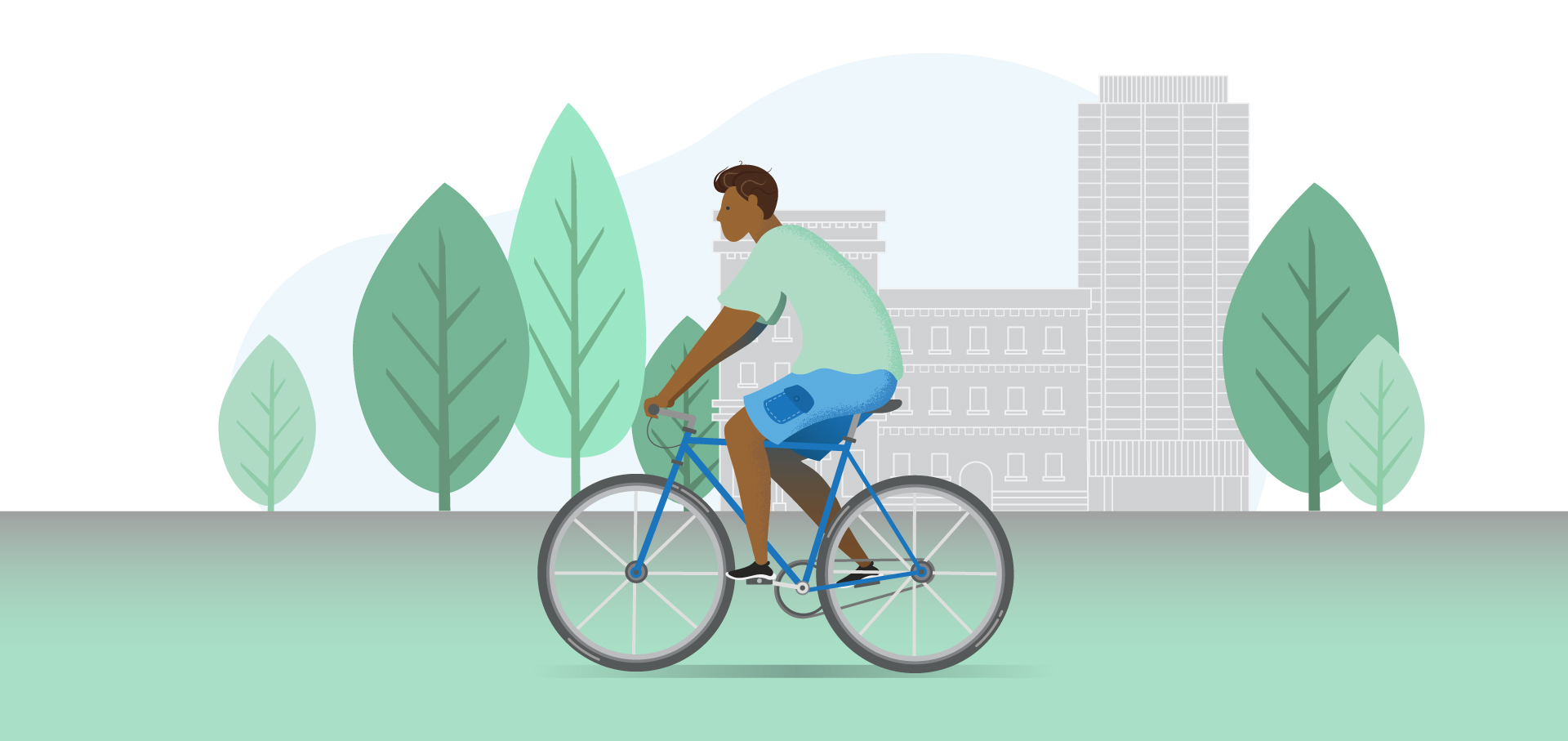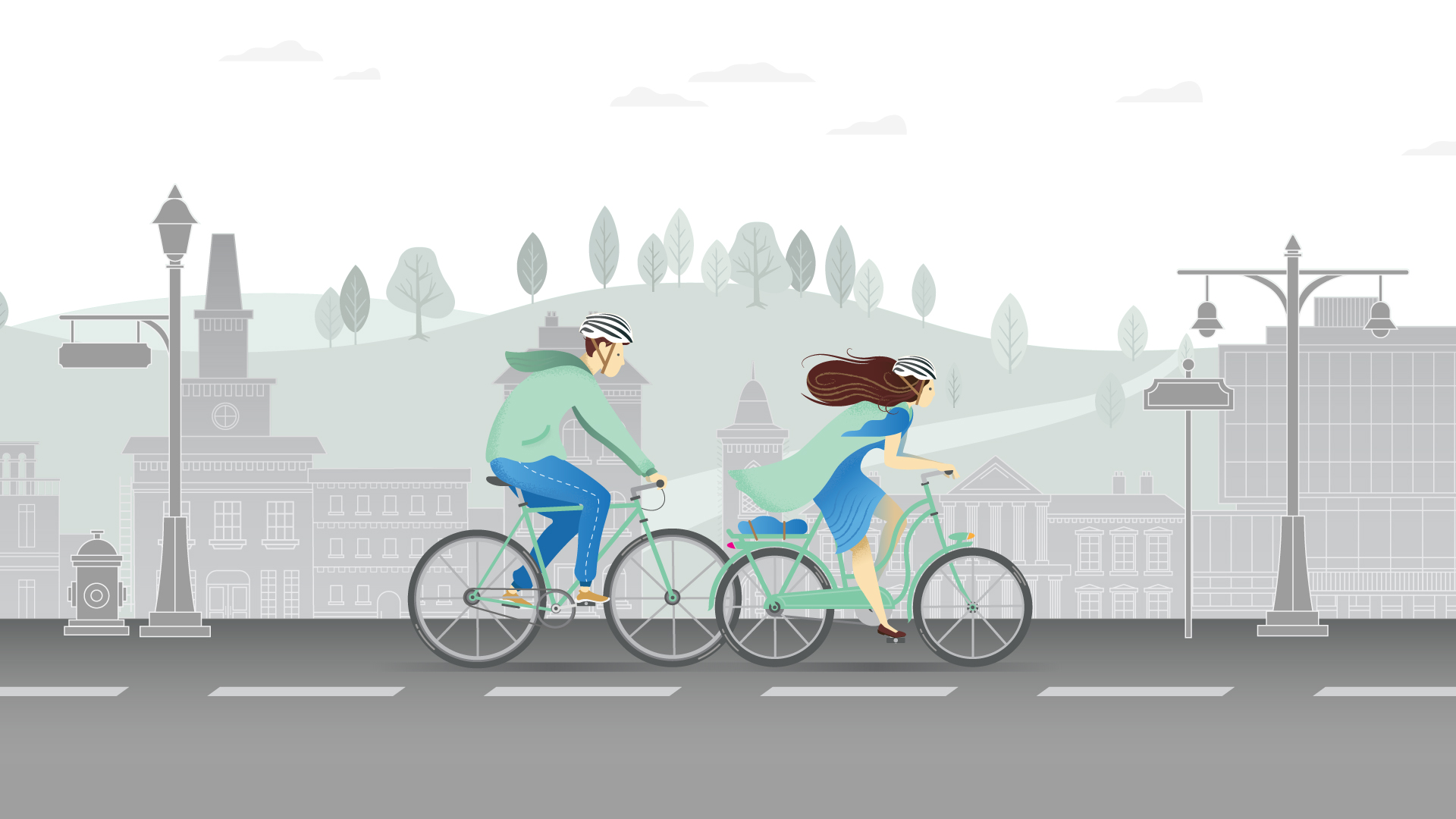One tragic day this month, Jay Keddy set off for his daily commute home from Prince of Wales school on Melrose Avenue North to the west end of the Hamilton Mountain. He never arrived.
Jay Keddy was killed doing something that most of us don’t think twice about doing safely every day — he was going home from work. Keddy was killed while cycling up the Claremont Access — a road that has no cycling infrastructure. No bike lanes. Not even a road shoulder. No protection whatsoever. Claremont Access is identified as priority number 24 on a list of 223 preferred cycling network projects in the City of Hamilton’s Cycling Master Plan (2009), yet it took Jay’s death last month for this priority to move up the list. It shouldn’t have.
Keddy didn’t need to die.
Keddy died because he chose to commute by bike in a city that has been (and continues to be) built to serve the best interests of moving cars as fast as possible from point A to point B. Cyclists are not the only people at risk. Two pedestrians were also struck last week, one killed and one seriously injured. Pedestrians have a 42 per cent higher risk for injury in Hamilton than the provincial average, and for cyclists that figure jumps to 81 per cent. Driving deaths are also mounting, with the city exploring how to improve safety on our major roadways. At a time of year when family and friends come together to give thanks, too many are unnecessarily mourning the loss of loved ones. Keddy was the sixteenth traffic death this year.
One death is one too many.
In the face of this tragedy, we are calling on our community leaders to take a stand and join us in making a commitment — a commitment to changing a status quo of dangerous road design that has failed (and continues to fail) our community. A commitment to leading not only by our words, but by actions that back them. A commitment to working together to address a problem that is much larger than what one group or organization can take on. A commitment to zero deaths on our roads.
While we applaud our city council for moving quickly to put cycling infrastructure in place on the Claremont Access and we celebrate accomplishments like the Cannon bike lane and SoBi’s bike share success, our commitment must not stop there. This can’t be a piecemeal approach that responds only when tragedy strikes, but needs to be a city-wide commitment that guides all decisions related to our transportation network.
For true change to happen, our mindset and our actions will need to shift dramatically from the current status quo. This begins with leadership. In January, council could discuss the possibility of a moratorium on proposed “Complete Streets” changes to our city’s streets that would make them safer for all road users in the LRT corridor for the duration of LRT planning. If approved, this motion would effectively ban any changes to our transportation network in a large part of the lower city for the foreseeable future. If approved, how many deaths and injuries will take place due to unsafe roads in the years that LRT planning takes? More importantly, who will take responsibility when the next accident happens?
Cycle Hamilton was formed because many people in our community saw (and see every day) an urgent need for change. It is unfortunate that it took Keddy’s passing for many more Hamiltonians to understand just how urgent this need is. No one should have to go through what his family, friends, colleagues, and students are going through.
We’re calling on our city, our community leaders, our schools, our neighbourhoods, our friends, and our families to stand with us and commit to Vision Zero — a commitment to creating transportation infrastructure that results in no fatalities or serious injuries. While we ride bikes, some of us also drive cars, and Vision Zero is not a war on drivers. Vision Zero is an internationally recognized movement for safety and respect of all lives, no matter how people decide to travel.
It won’t be easy, and it won’t happen overnight, but it can happen. It must happen.
Our future as a safe city, a healthy city, and the best place to raise a child depends on it. In the face of this tragedy, we owe it to Keddy and the many others who, far too often, have died on our streets and urban highways in the name of efficiency.
No one should die on their way home from work. Not cyclists, not pedestrians, not drivers.
We’re all people. We’re all Hamiltonians. And each and every life in this city matters.
——-
This post was originally published as an Op-Ed in The Hamilton Spectator.

